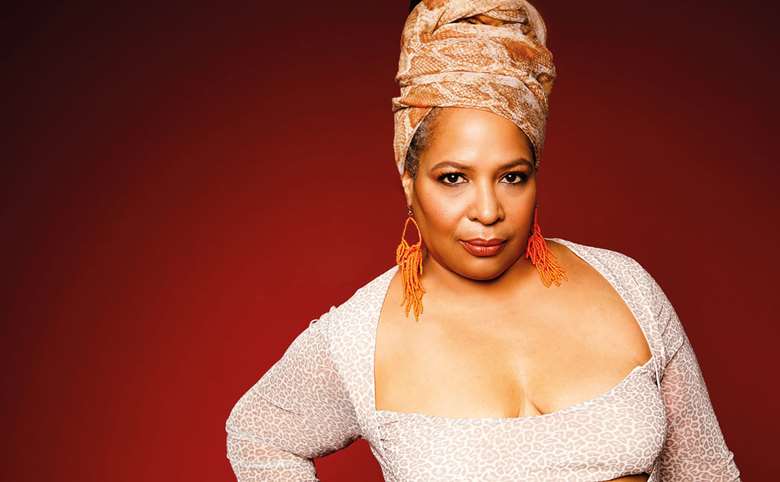Fay Victor: coming at life from a very different angle
Kevin Le Gendre
Thursday, June 13, 2024
On her new album, Life Is Funny That Way, singer Fay Victor is on a mission to put the music of maverick 1950s pianist Herbie Nichols into the mainstream. Kevin Le Gendre talks to her about this most unusual passion project


Register now to continue reading

Thank you for visiting Jazzwise.co.uk. Sign up for a free account today to enjoy the following benefits:
- Free access to 3 subscriber-only articles per month
- Unlimited access to our news, live reviews and artist pages
- Free email newsletter








